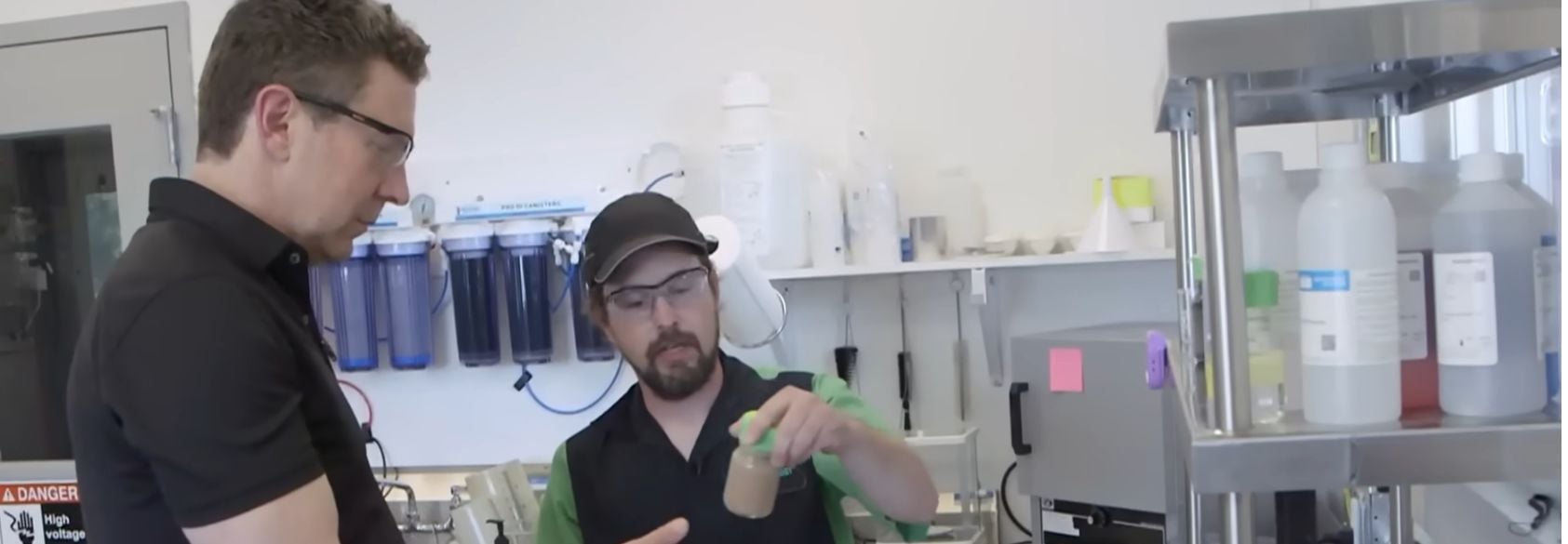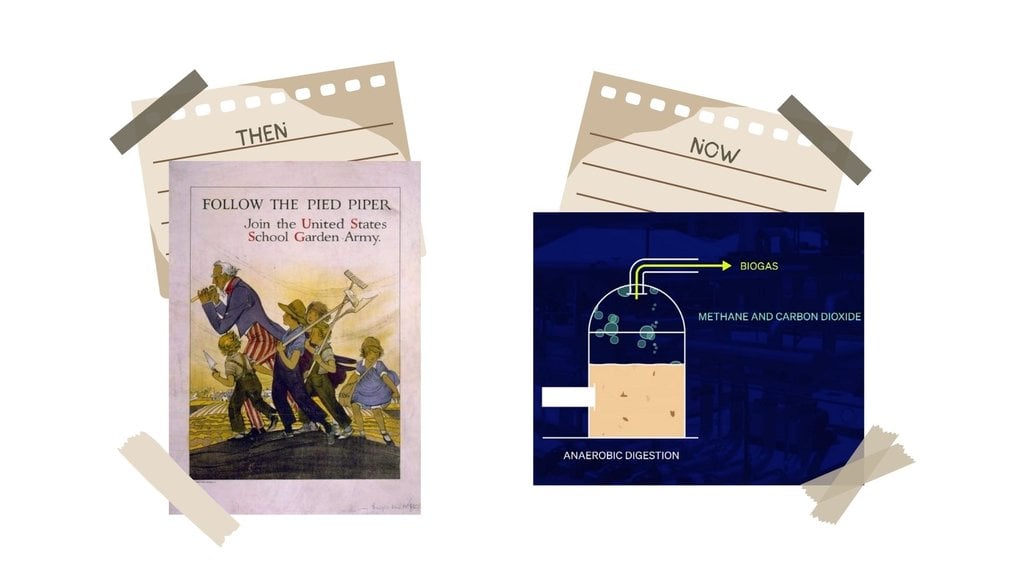How Ben & Jerry’s Is Recycling Food Waste into Energy
Ask students: Where does Ben & Jerry’s send its food waste instead of sending it to landfills?

How can leftover ice cream be turned into clean energy?
Share
August 5, 2025
Ask students: Where does Ben & Jerry’s send its food waste instead of sending it to landfills?
Share
Note: If you are short on time, watch the video and complete this See, Think, Wonder activity: What did you notice? What did the story make you think about? What would you want to learn more about?
It may sound like the stuff of sci-fi movies, but diverting food waste from the landfill and converting it into electricity has become a real thing. William Brangham visited Ben & Jerry’s Vermont ice cream factory and the operations next door to find out how it works.
View the transcript of the story.
What role do businesses play in helping their communities transition to more clean and sustainable practices?
Media literacy: Why is it important to seek out multiple sources before forming an opinion on a topic like this?
Using this News: Then & Now section based off of News Hour's Journalism in Action website, a project supported by the Library of Congress, which allows students to engage with a more dynamic display of how communities address civic issues over time, inviting them to consider their ability for intervention in their own context.

Consider: Using the Then & Now comparison, how have our approaches to sustainability changed over the years? Why was it important then to grow locally? Why is it important now to employ greener practices?
Want to see more stories like this one? Subscribe to the SML e-newsletter!
Republished with permission from PBS News Hour Classroom.
